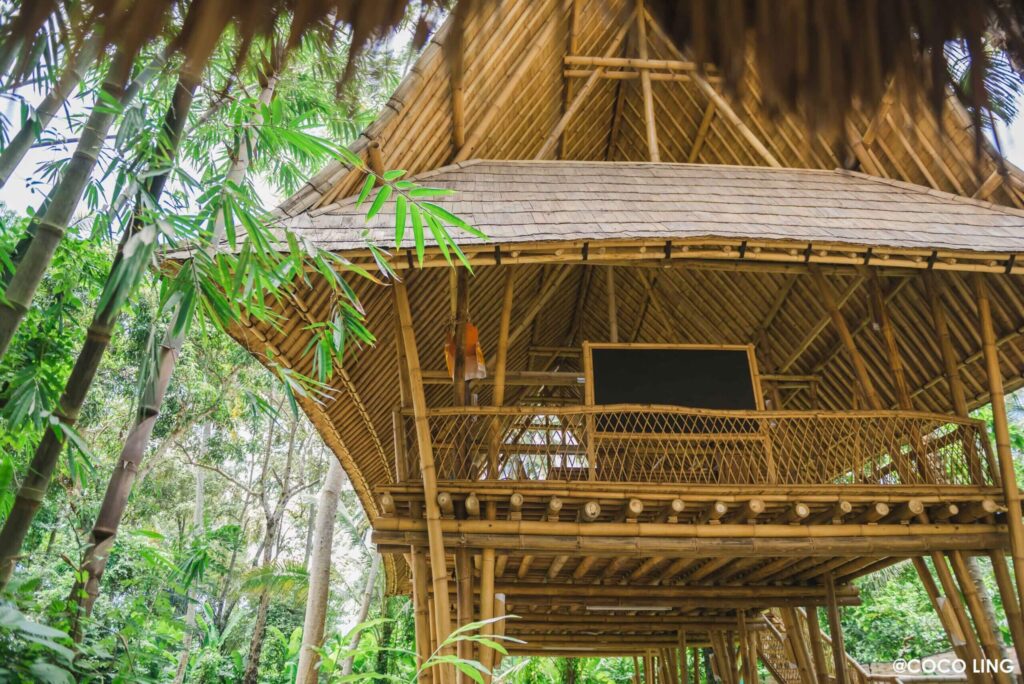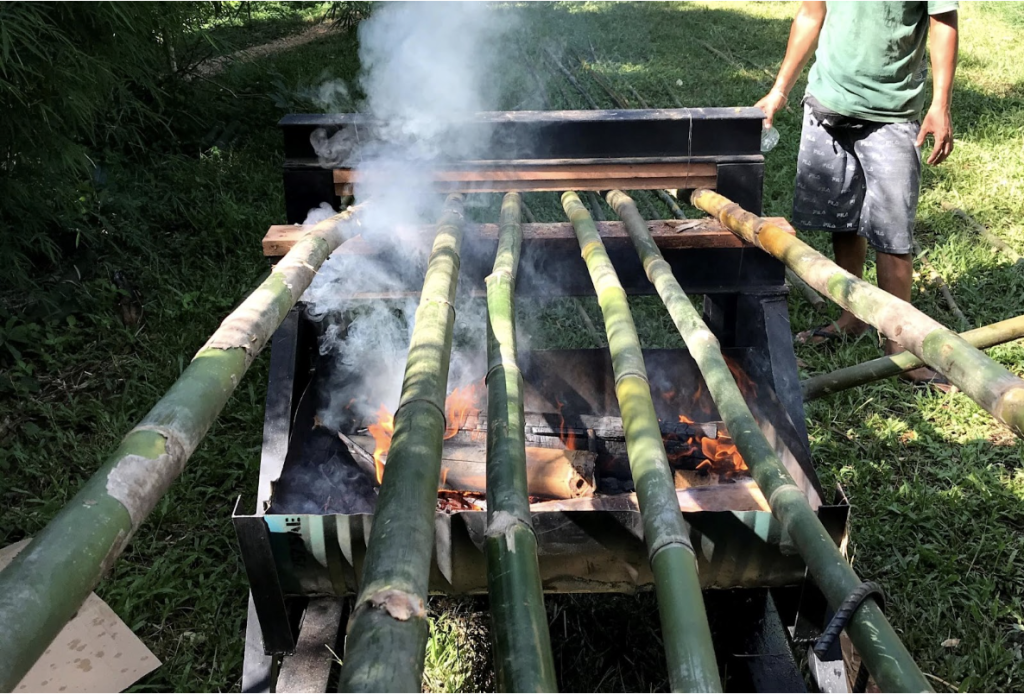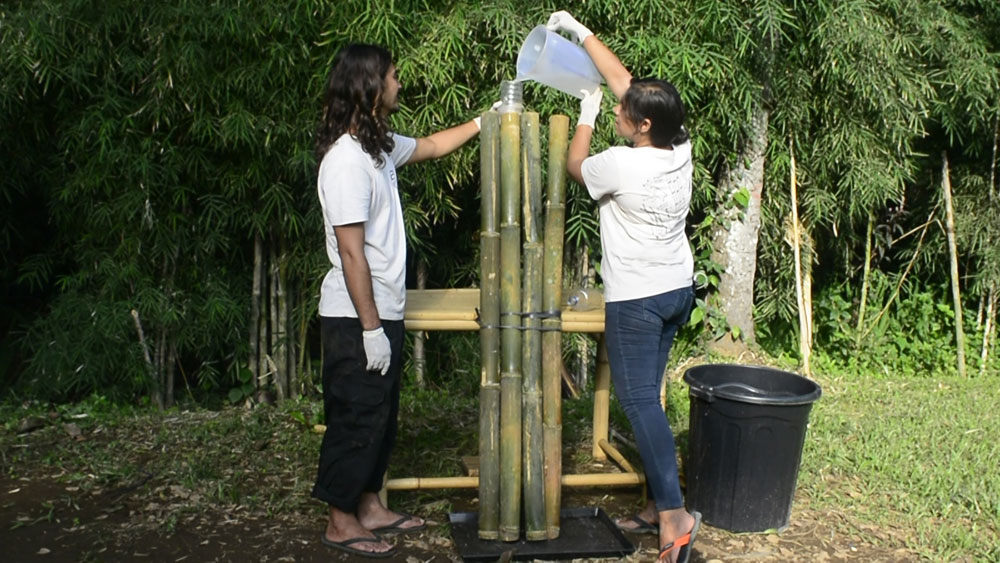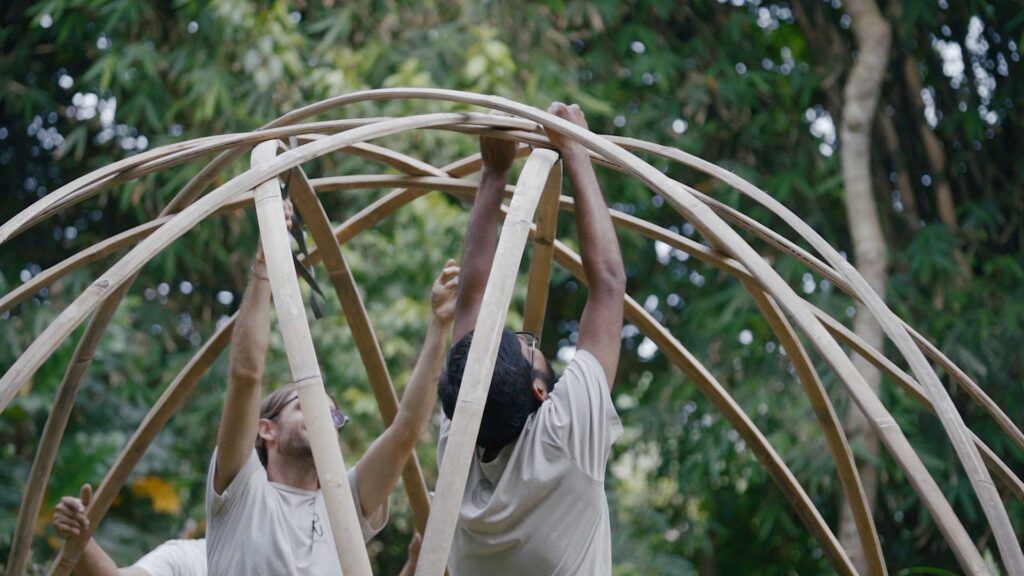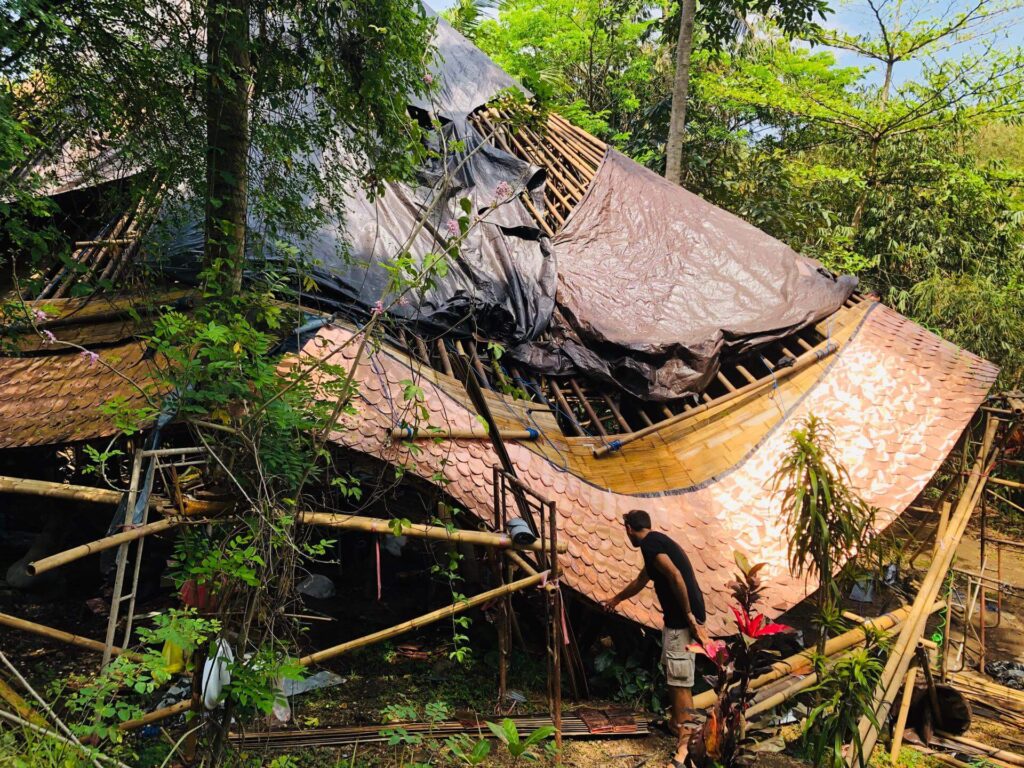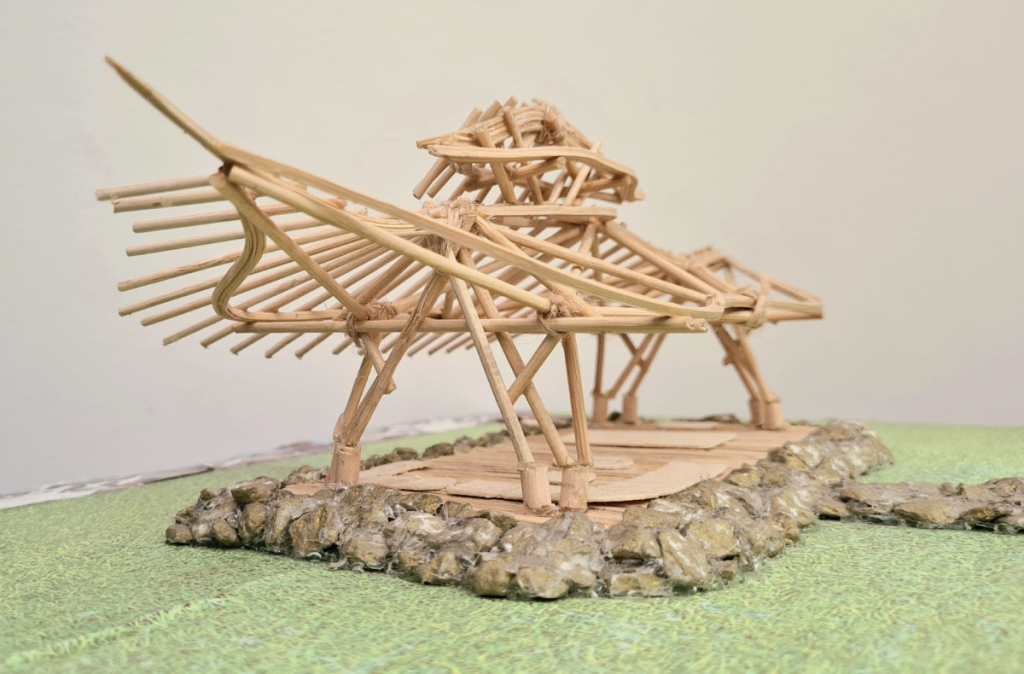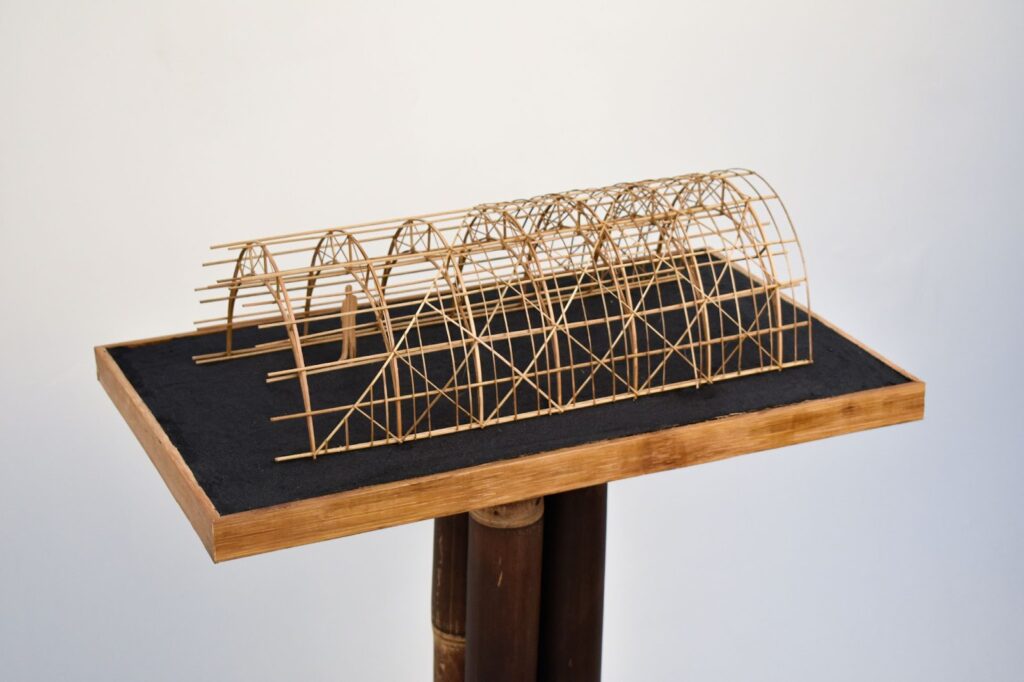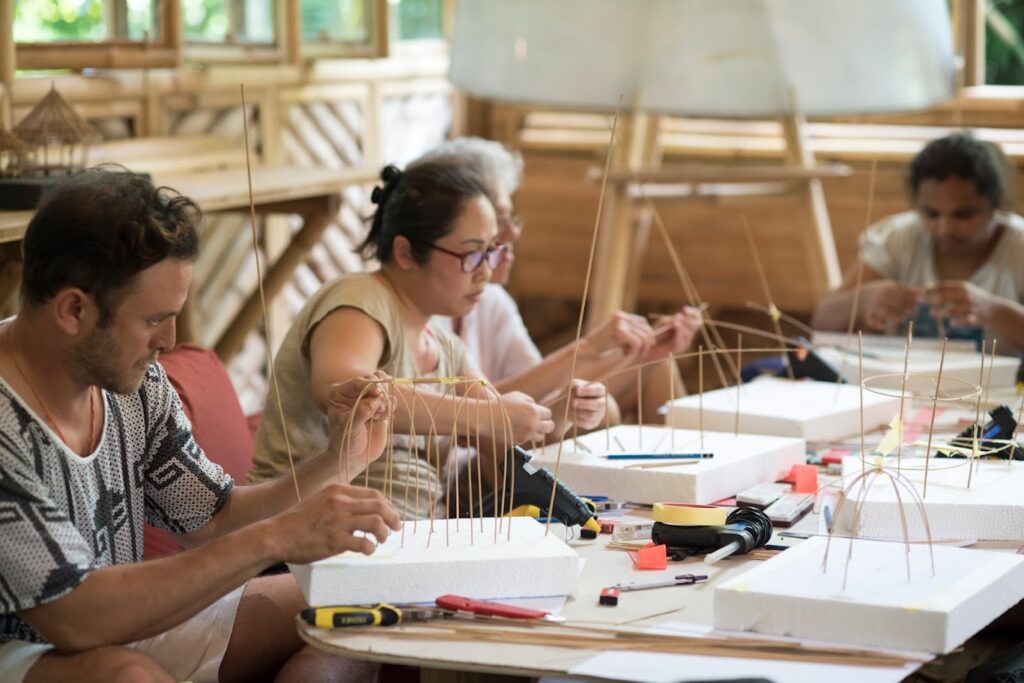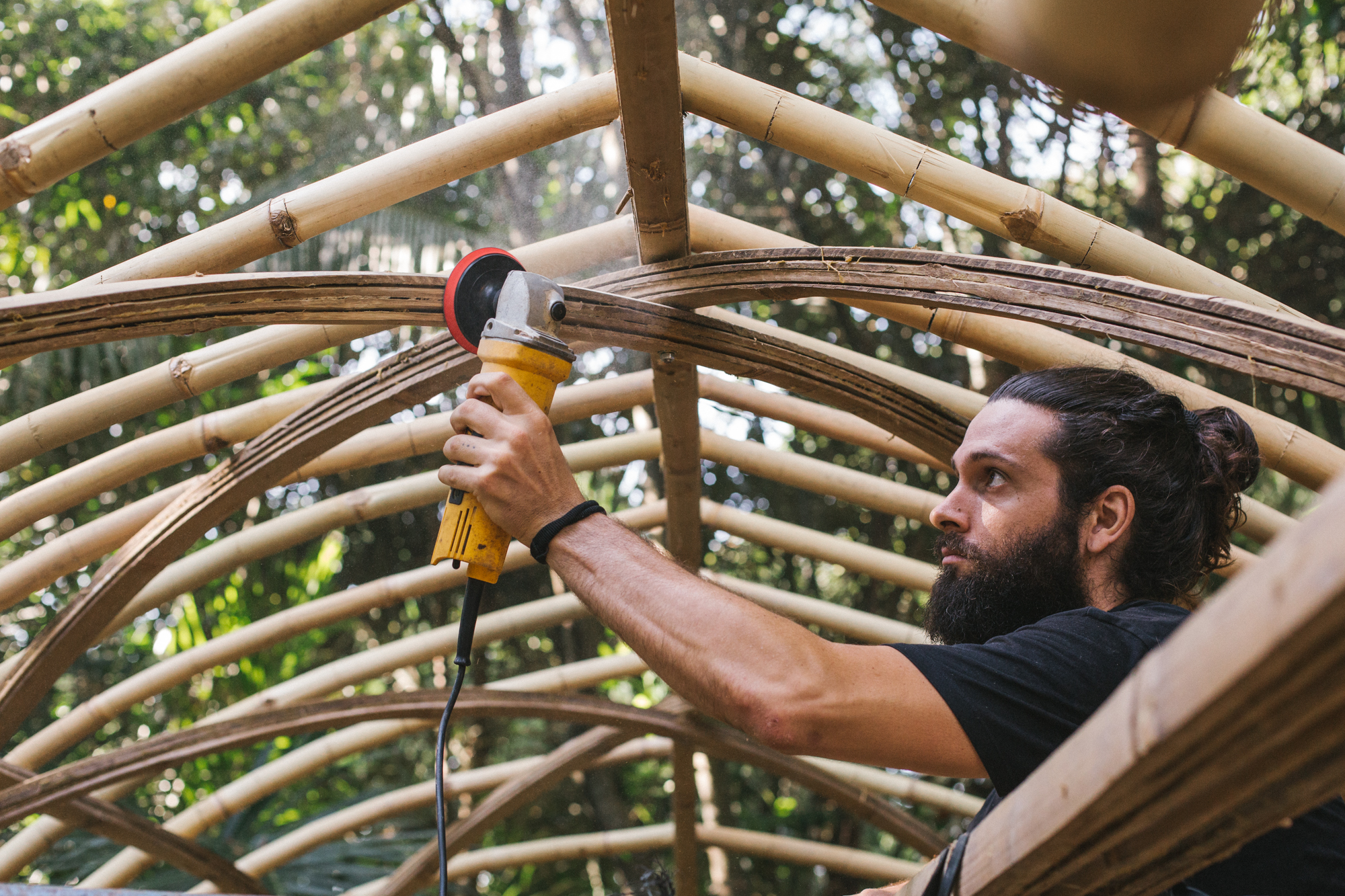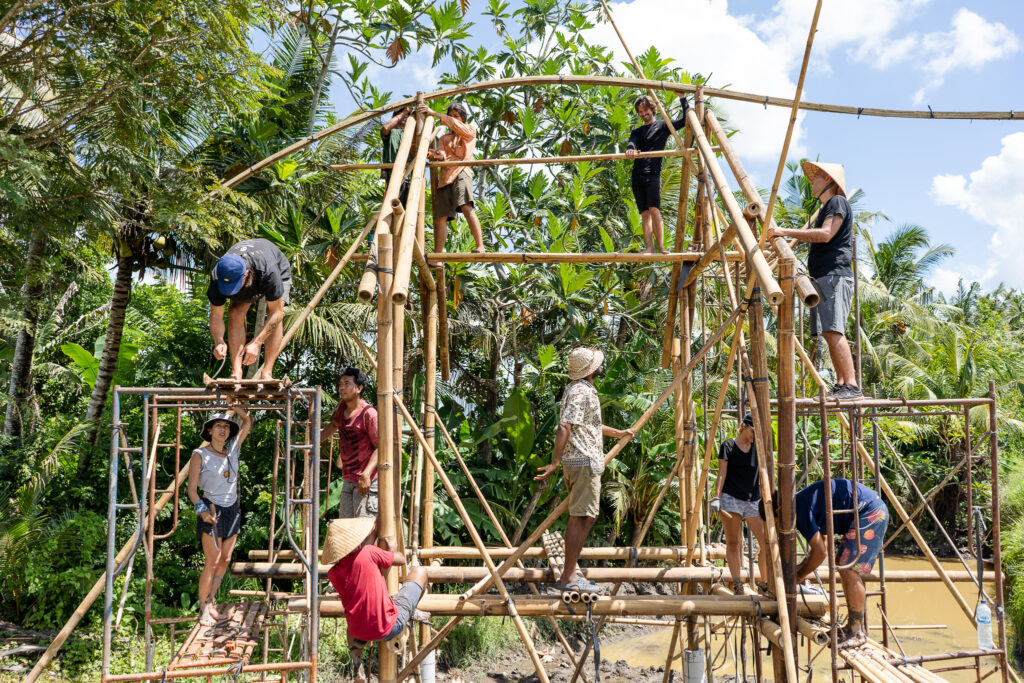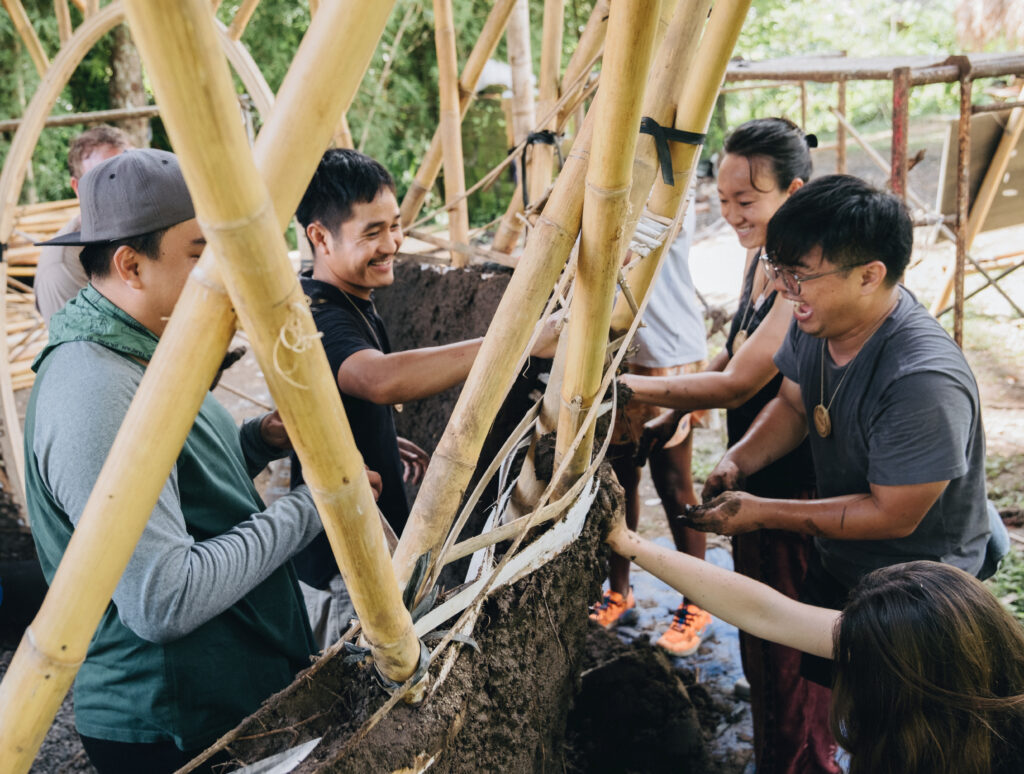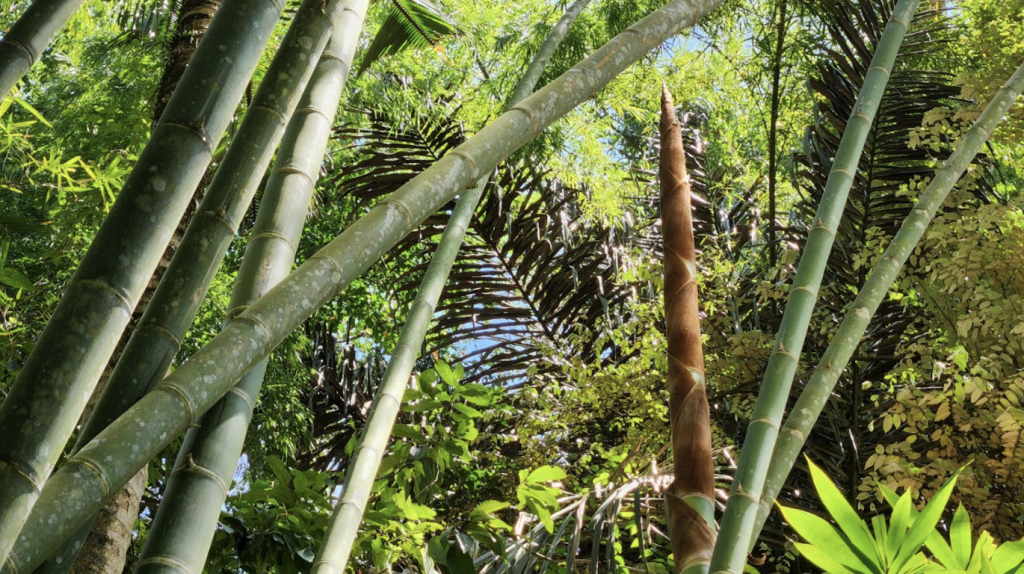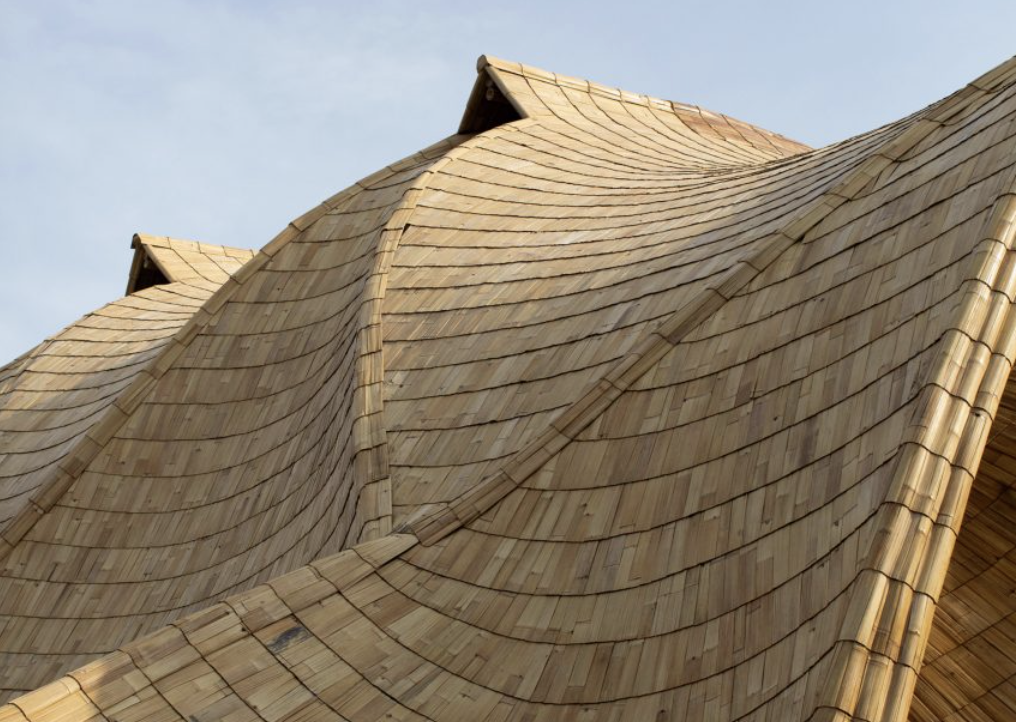Unique Approaches to the Use of Natural Materials
By | February 24, 2025 | Construction -
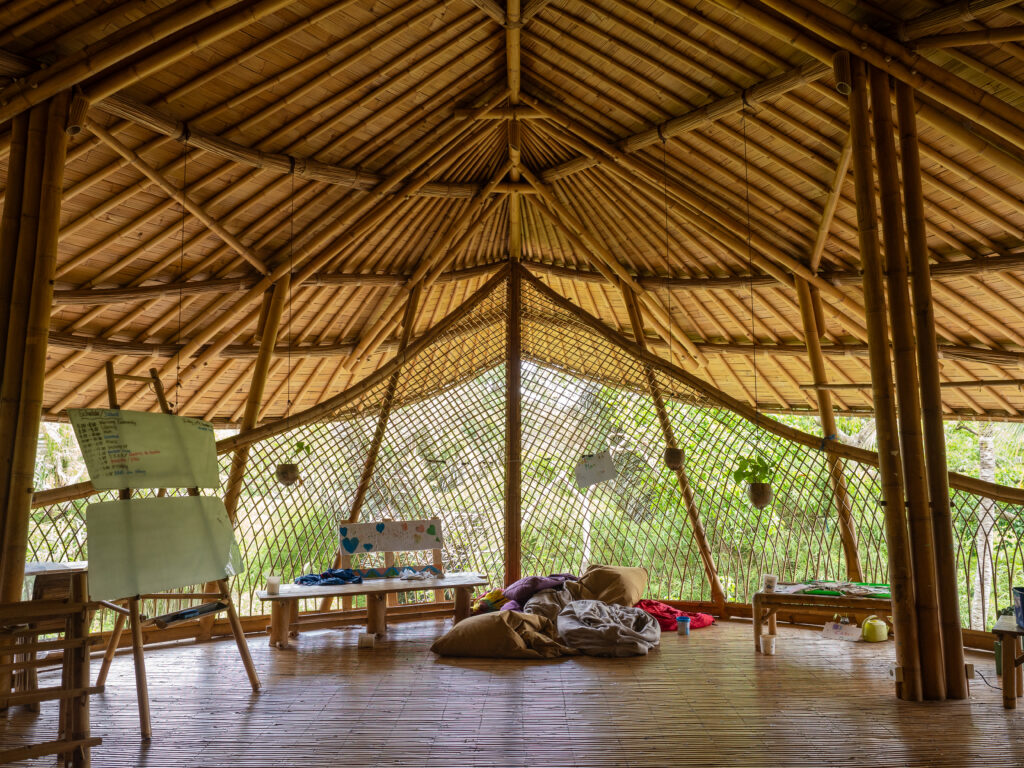
In this article, we will go through some contemporary examples of projects made with natural materials, highlighting different benefits and approaches.
The human species has been building with natural materials for thousands of years. In the last few centuries, we started building with more synthetic, modern materials. These new materials came with many welcoming properties. They were physically superior, cheaper and faster to produce at an industrial scale. This development also centralized the competence and production, making local knowledge, skills, and materials obsolete.
However, in recent times, there has been a new interest in natural materials. This is mainly because of the realization of the severity of climate crisis. Natural materials are regarded as an alternative that can help combat climate change because they expend less energy and emit less CO2. This article will focus on how contemporary architectural practices are focusing on locally-sourced materials, demonstrating how the use of natural resources can act as a catalyst for the inhabitants and local communities surrounding the projects.
Related: Creating Sturdy Bamboo Walls With Mud And Lime
On the Balearic Islands in Spain, the Balearic Social Housing institute (IBAVI), worked on an EU-funded project called “Life Reusing Posidonia” from 2013-2018. This was a social housing project that they completed, focusing on the use of local materials from the islands. This includes the local “mares” sandstone and the “posidonia” seaweed that they collected and dried from the island’s shores.
The dried seagrass has excellent insulative properties. By implementing this abundant resource as an environmentally-friendly material, the construction project reduced carbon emissions by 60%! Also, a similar construction at this scale would have typically used 75% more energy and 60% more water than was used to carry out the project. By implementing natural materials in innovative ways, the team could keep costs and emissions down, while still being able to develop buildings with high architectural qualities.
Later, IBAVI also commissioned other famous Spanish architects to work under the framework they had developed. Consequently, they developed a new architectural language that was rooted in the local conditions and celebrated endemic resources, while supporting traditional industries and workers like quarry-workers and masons. In fact, the first initiative alone opened up 41 jobs within the area.
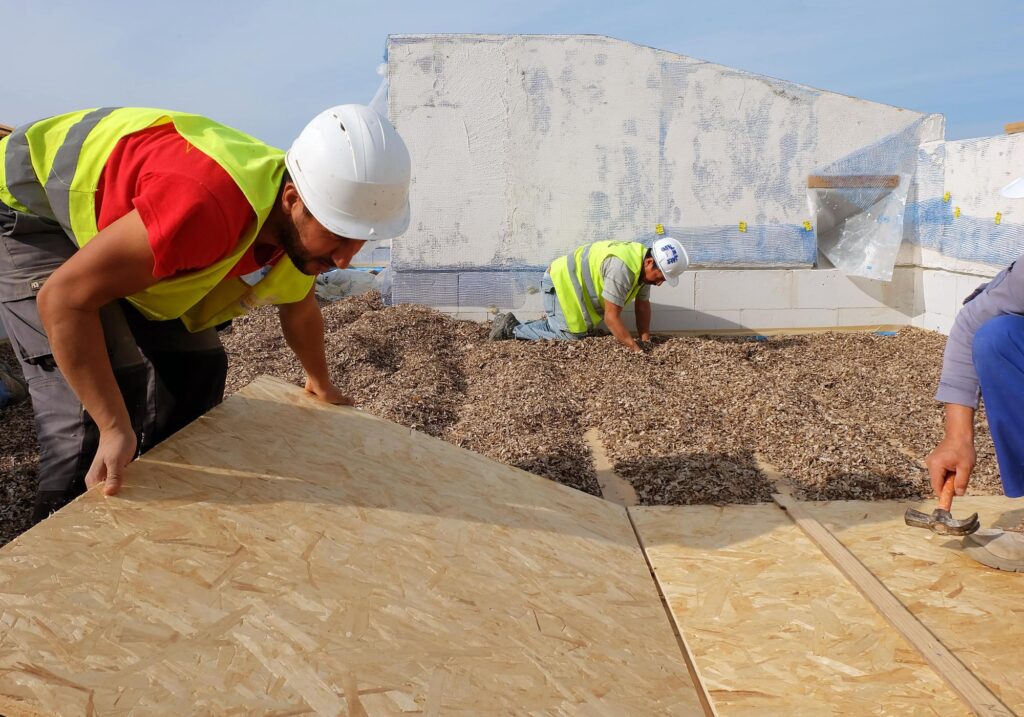
There are also other projects in the Balearic Archipelago that utilize the potential of the local stone to its fullest. A classic project that showcases this is the Can Lis, made by Jørn Utzon in 1972. He built the space with thick stone walls, giving his own interpretation of traditional Mallorcan building techniques. The space makes the inhabitants feel as if they are staying inside a cave with excellent views of the sea. Thus, making them feel that they are a part of the large natural landscape.
Another project that highlights the natural stone is the Ca’n Terra House, designed by Ensamble Studio in 2020. The project is to inhabit an old quarry by adding a few furniture pieces and some light partitions. As seen in classic books like Robinson Crusoe by Daniel Defoe or the mysterious islands by Jules Vernes, we as humans have an innate curiosity that draws us to explore and seek shelter in special natural spaces like caves.
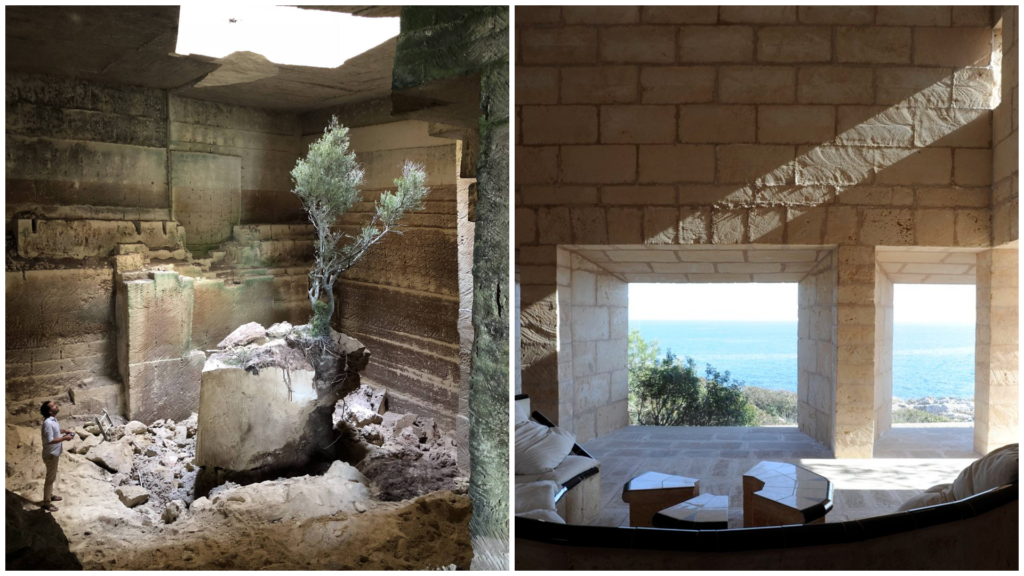
Anna Heringer’s work highlights another benefit of working with natural materials. This can be seen in her project METI School, built in 2007 in Dinajpur, Bangladesh. She created a school made from mud and bamboo, two materials commonly associated as a poor-man’s building material.
By going against conventions, she manages to not only make a building more sustainable in the sense of less energy usage or reducing the CO2 emissions, but also to help the local community. This is done by employing indigenous craftsmen and showcasing the potential of the vernacular materials they have on hand. Instead of the money going out of the community, as would have happened if the main materials were concrete and steel, the money is circulating in the locale. In doing so, the project becomes an event that activates the whole community.
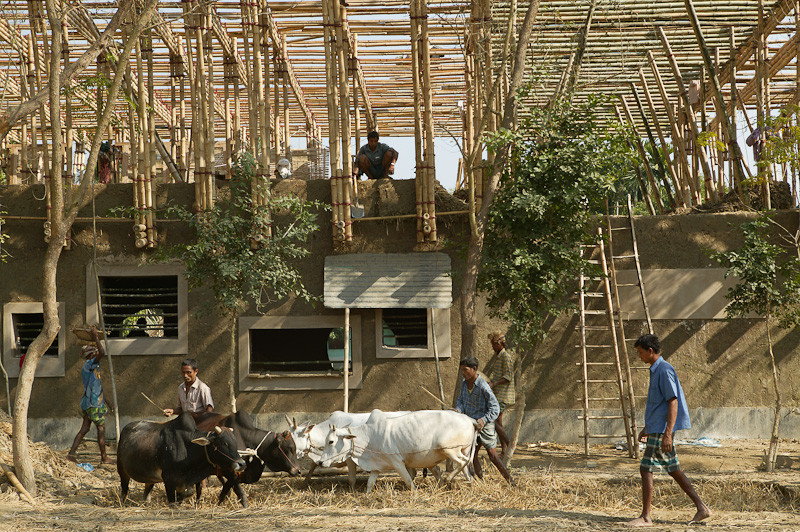
Just as Anna Heringer has been pushing the limits of mud, IBUKU and Bamboo U have been at the forefront of reimagining what contemporary bamboo architecture can look like. In the early 2000s, bamboo was losing favor to modern materials, threatening the native knowledge of the Balinese carpenters. This collaboration with craftsmen from specific bamboo-knowledgeable villages in Bali has made it possible for them to continue to utilize and keep their expertise alive.
Next to the Bamboo U campus at the Kul Kul Farm, you will find the Green School, a role model project for showcasing what a larger complex made with natural materials can be. The spaces act as examples for the children attending the school to prove that anything is possible, and that conventions should be questioned. The natural materials and the comfortable climate in Bali also allow for a deeper connection with nature in everyday life; A connection that is longed for by many nature deprived people living in urban areas.
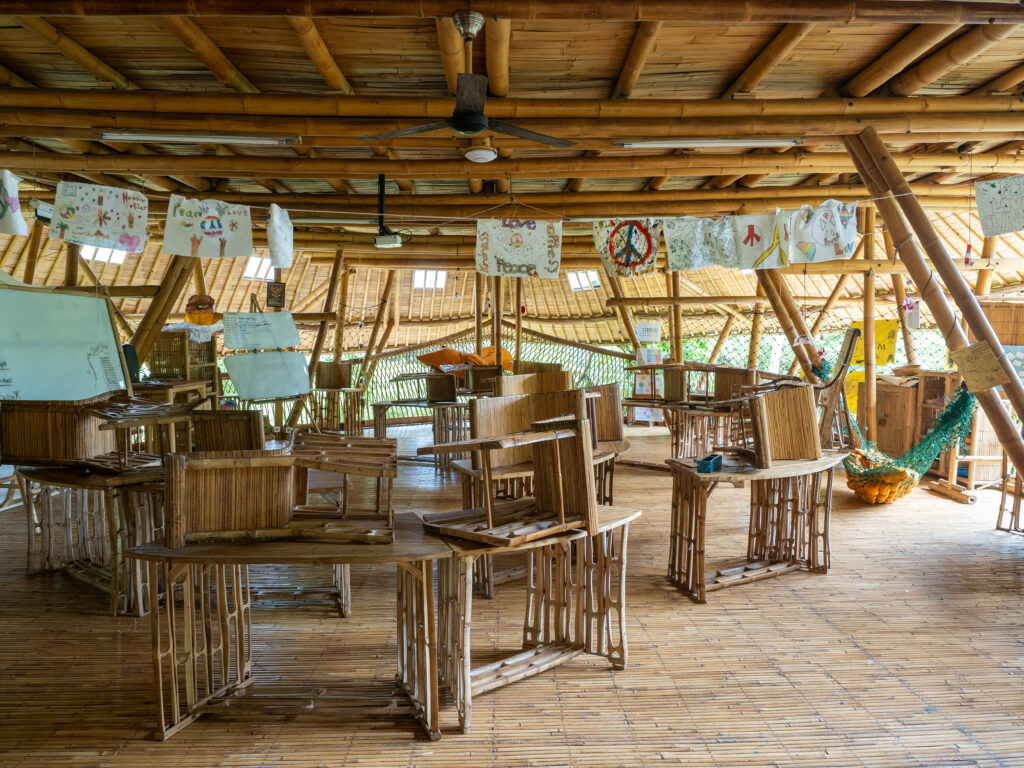
In conclusion, the usage of man-made materials in construction has exponentially grown during the last century. As a counter-movement, several firms are currently focusing on how locally-sourced, natural materials can benefit the built landscape around the world.
Firstly, IBAVI is an example from the Spanish Balearic Islands, using local sandstone and seaweeds for their buildings. They demonstrate that using local, natural materials can help achieve cheap and high-quality social housing.
Secondly, Anna Heringer is trying to change the perception of mud as a poor man’s material. She is demonstrating the positive ripple effects that rooting the design in local resources has on the local economy.
Lastly, Bamboo U and IBUKU educate us on how bamboo is more than just a poor, temporary material. In fact, its use benefits the local knowledge, economy, and the imagination of the next generation.
Sources
Ensamble Studio. “Can Terra. Menorca, Spain. 2018”, Accessed February 21, 2025, https://www.ensamble.info/canterra-house-in-menorca.
European Climate, Infrastructure and Environment Executive Agency. “Project Life Reusing Posidonia”, Accessed February 21, 2025, https://cinea.ec.europa.eu/featured-projects/life-reusing-posidonia_en.
Heringer, Anna. “The warmth and wisdom of mud buildings | Anna Heringer”. Posted October 17, 2017. TED, 13:01. https://www.youtube.com/watch?v=x7I5BWW-0c8&ab_channel=TED.
Utzon Foundation. “Can Lis History”, Accessed February 21, 2025, https://utzon.foundation/history.
Cover image photographed by Jonathan Daraman Kyvik.
Interested in learning more about building with natural materials? Join one of our courses HERE!


